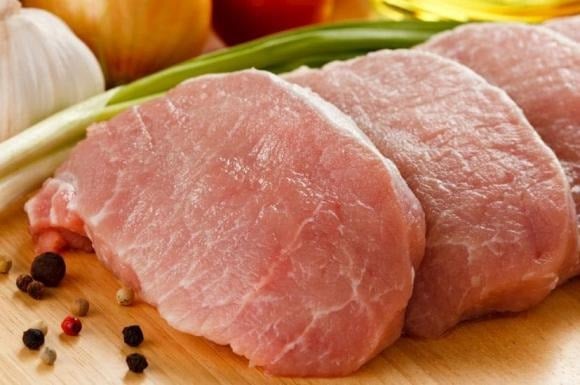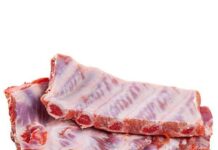Los Angeles-based nutritionist Patricia Bannan touts pork as an excellent source of protein and a host of other nutrients beneficial to our health. Elisabetta Politi, a specialist from the Duke Diet and Fitness Center in Durham, North Carolina, echoes this sentiment, noting that pork is rich in B1, B12 vitamins, and essential minerals, particularly heme iron.
Vitamin B1, for instance, aids in metabolism, while vitamin B12 supports healthy blood and nerve cells. Pork’s protein content contributes to tissue repair and muscle growth, and its iron content helps produce healthy red blood cells and facilitates oxygen transport throughout the body.

When quizzed about the best cut of pork, both experts concur that tenderloin is an excellent choice. As Bannan explains, “Pork tenderloin is one of the leanest protein sources, comparable to chicken breast, making it ideal for those mindful of their calorie intake while still providing sufficient protein.”
Pork tenderloin is typically lean and has a low saturated fat content. Politi substantiates this by pointing out that a 3-ounce serving of pork tenderloin yields 122 calories, a substantial 22 grams of protein, and only 3 grams of fat.
Pork tenderloin, a nutritional powerhouse, has long been a favorite among Vietnamese cuisine enthusiasts. It stars in various dishes, including ruốc (a fermented pork paste), stir-fries, sweet and sour sauces, and fish sauce braises, often served with rice. It also transforms into delicious snacks like garlic-infused dried pork. However, due to its leanness, pork tenderloin can dry out when cooked. For moist and juicy results, consider the following preparation methods.
Stir-fried Pork Tenderloin
Preparation: Cut the tenderloin into thin slices across the grain, approximately 6 cm in length. Once cut, soak the meat in clean water for 15-20 minutes. Afterward, coat the meat with a mixture of egg whites and vegetable oil.
Cooking: Heat oil in a wok or a large pan, ensuring it coats the surface evenly. Add the meat and stir-fry until just cooked. Season with salt or soy sauce, stirring for a few minutes before serving.
Crispy Breaded Pork Tenderloin
Preparation: Start by rinsing the tenderloin and cutting it into 1.5-2 cm thick pieces. Using a meat mallet, gently pound the meat until it’s thin and flat. Season the meat with salt, sugar, and pepper.
Cooking: Set up a breading station with two separate plates containing flour and breadcrumbs. In a shallow bowl, beat an egg. Coat each piece of meat first in flour, then dip it in the egg, and finally, dredge it in the breadcrumbs. Heat oil in a pan, and once it’s hot, carefully place the breaded meat in the oil and deep-fry until golden brown.

Boiled Pork Tenderloin
Preparation: Rub the tenderloin with lemon and coarse salt, then rinse it clean. This technique helps eliminate any unpleasant odors and freshens the meat thanks to the citric acid and vitamin C in the lemon. Alternatively, you can blanch the meat in hot water at 70-80°C, then rinse it to remove any impurities.
Cooking: Boil the tenderloin over medium heat, maintaining a gentle simmer. This slow cooking method ensures the meat cooks evenly while retaining moisture and nutrients like protein and amino acids. For a 500-gram tenderloin, cut it in half and boil for 6-8 minutes over low heat. Then, turn off the heat, cover the pot, and let the meat sit for an additional 10-15 minutes to ensure even cooking.






























